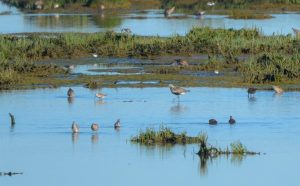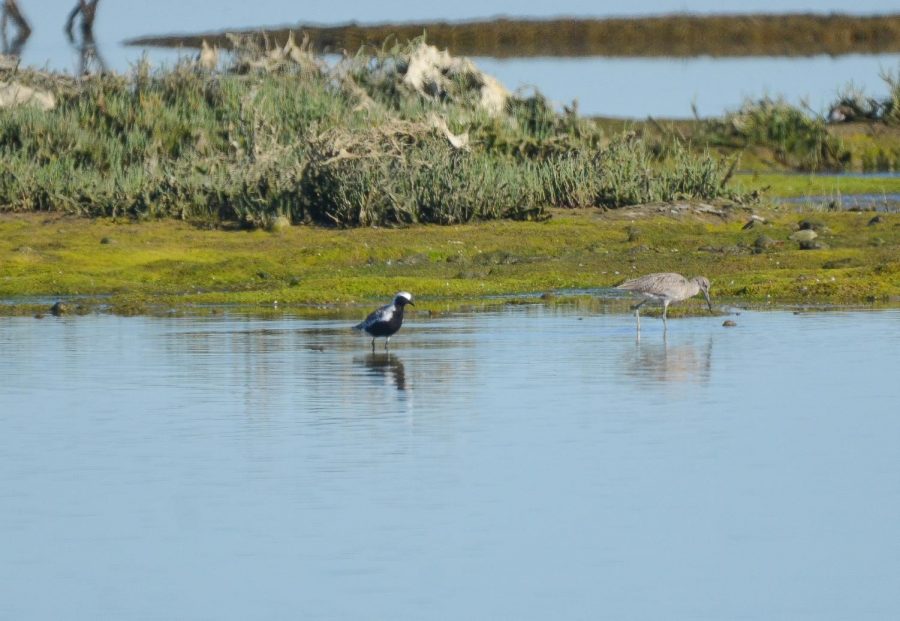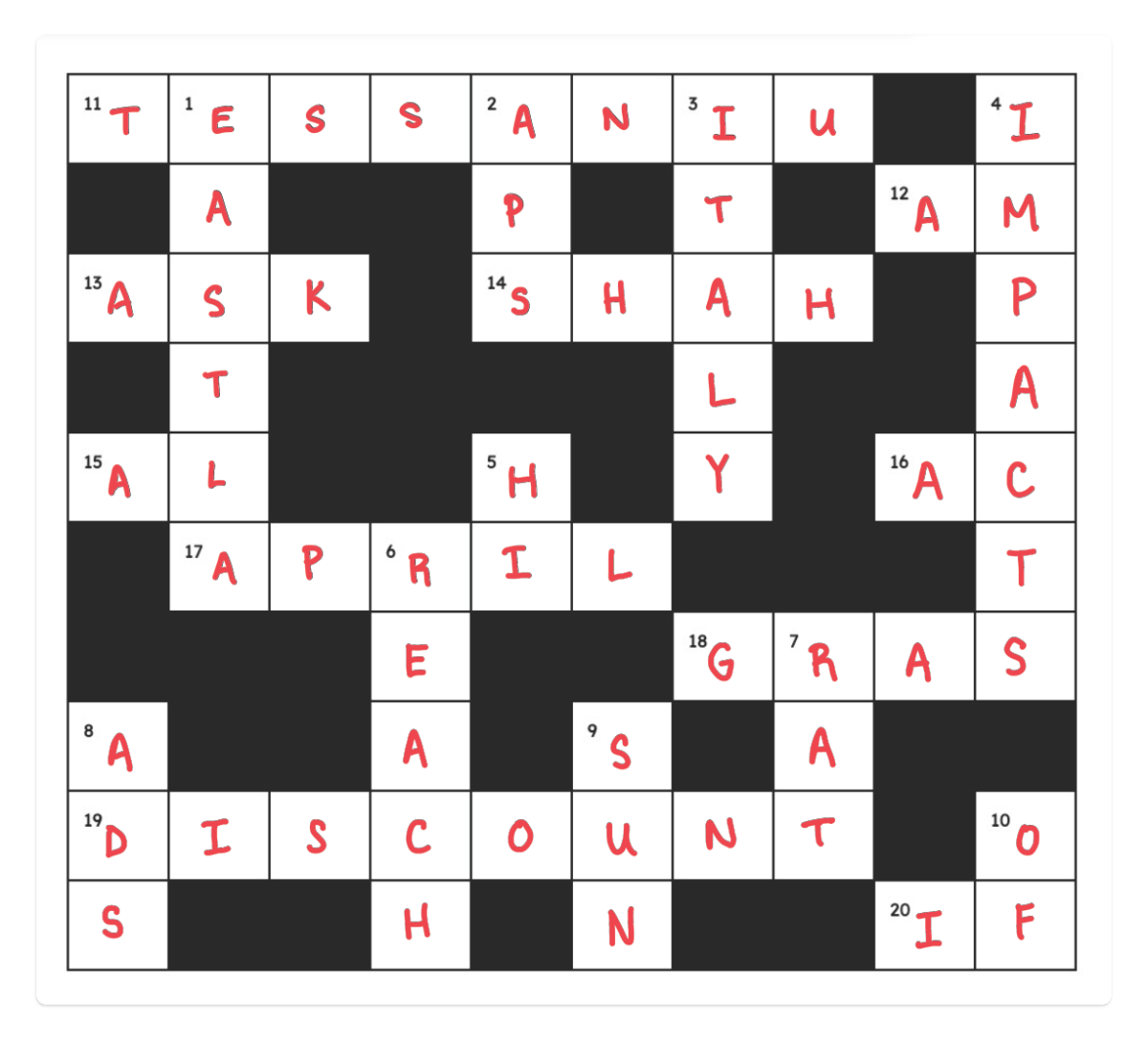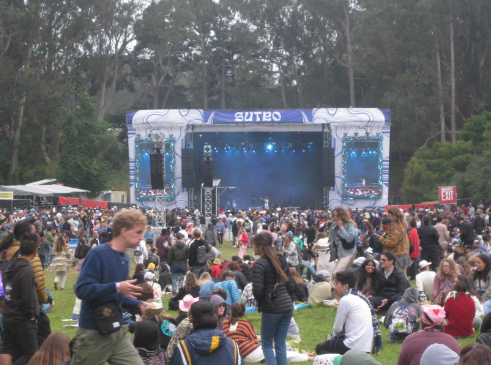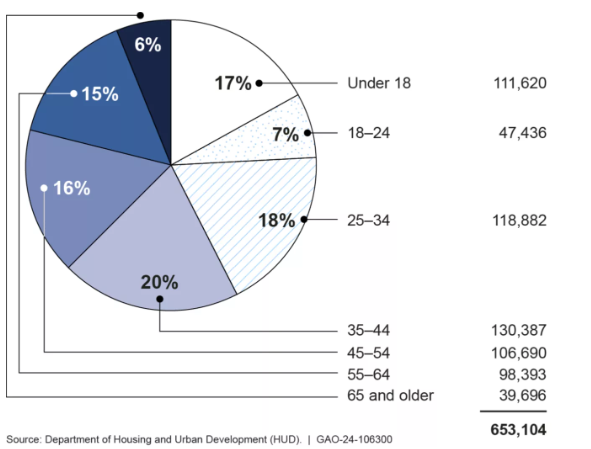California is a wonderful location, home to some of the coolest species in North America. However, not all of them are ours alone. Each year, millions of birds migrate from the northernmost reaches of Alaska just to be here. However, they are under threat.
As a full-on birder, I love going to Don Edwards San Francisco Bay National Wildlife Refuge during the winter months and seeing the literally thousands of shorebirds sometimes pecking at the newly exposed mud for little insects and crustaceans. Occasionally, an interesting Goose will fly over – a stray individual or ten from the hundreds of thousands of Snow, Cackling, and Greater White-fronted Geese that winter up and down the Central Valley. These sights calm and inspire me, causing me to marvel at the wonders of migration. But what if you or I couldn’t appreciate them anymore?
Throughout the Trump administration’s first term, they have been trying to encourage companies to drill on the coastal plain of the Arctic National Wildlife Refuge, and now, they have succeeded. According to the Washington Post. just this August, they finalized plans to auction off the land in the Arctic National Wildlife Refuge to the highest corporate bidder starting in December 2021, and these lands could then be drilled starting just a decade after. The proposed drilling areas are important breeding habitats for the geese and many familiar shore and water birds that call the bay home, like the often abundant Black-bellied Plovers and Western Sandpipers, and the uncommon Long-tailed Ducks and Pectoral Sandpipers. Losing these species could cripple the food chain, meaning less food for predators like hawks and falcons, while possibly leading to an abundance of the insects and the small creatures they are supposed to feed on.
If the proposal to start drilling for oil in the Arctic National Wildlife Refuge, goes through, It would mean seeing much less of the familiar creatures we know out on the bay, which would be devastating to our ecosystems, our feathery friends, and our sense of wonder at their presence.
